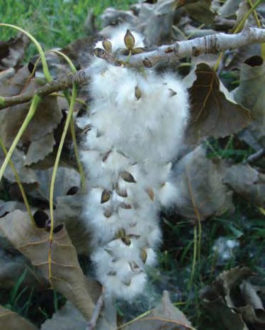University of Arkansas researchers studied the feasibility of developing economically viable agroforest systems for producing cellulosic bioenergy crops that will also enhance water quality and provide wildlife habitat on low productivity agricultural land in the Lower Mississippi Alluvial Valley. They found that switchgrass and cottonwood cropping systems are suitable for that situation. The quality of the bioenergy feedstock produced by the cottonwood was slightly better than the switchgass.
This fact sheet, developed by the University of Arkansas Division of Agriculture Research & Extension, highlights the practices of establishing cottonwood plantations in the Lower Mississippi Alluvial Valley.
Establishing Cottonwood Plantations
Learn more about the potential for using switchgrass and cottonwood cropping systems as bioenergy feedstock with these additional publications:
Switchgrass and Cottowood Agroforest Study: A Potential Bioenergy Feedstock Cropping System
Perfect Pair for Biofuel: Switchgrass and Trees
Want more information? See the related SARE grant:
This material is based upon work that is supported by the National Institute of Food and Agriculture, U.S. Department of Agriculture through the Sustainable Agriculture Research and Education (SARE) program. Any opinions, findings, conclusions, or recommendations expressed in this publication are those of the author(s) and should not be construed to represent any official USDA or U.S. Government determination or policy.
